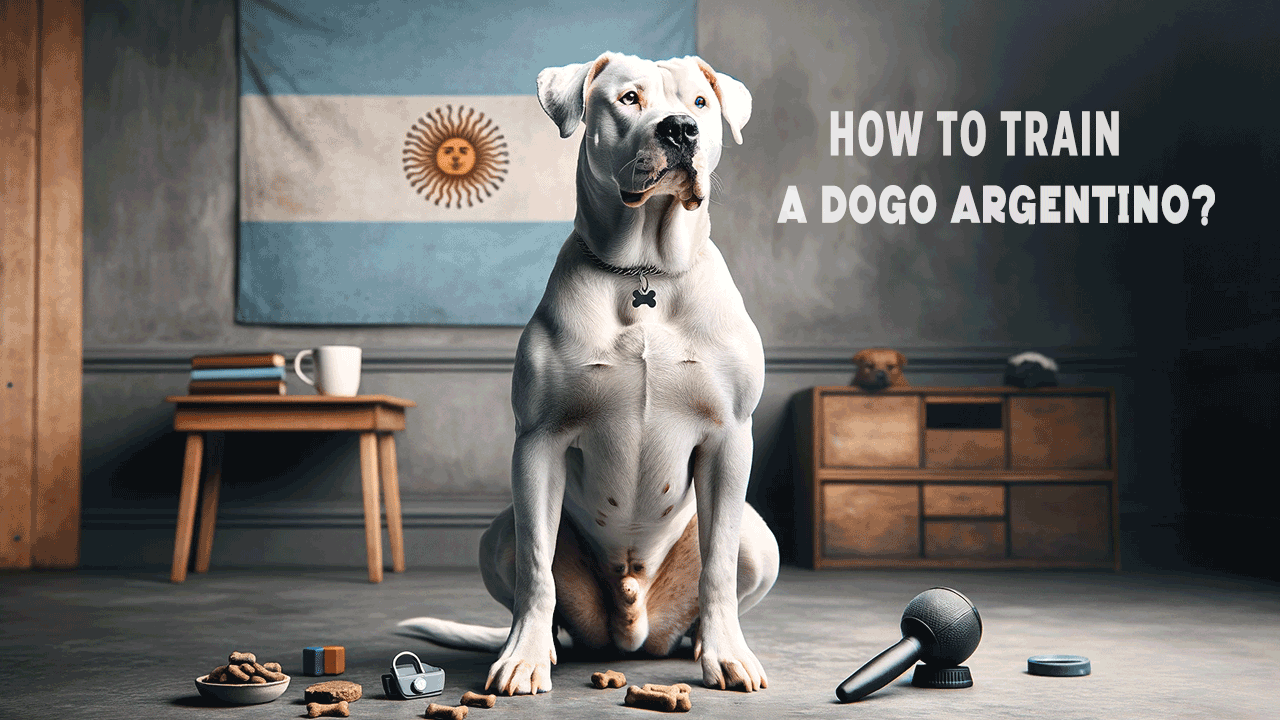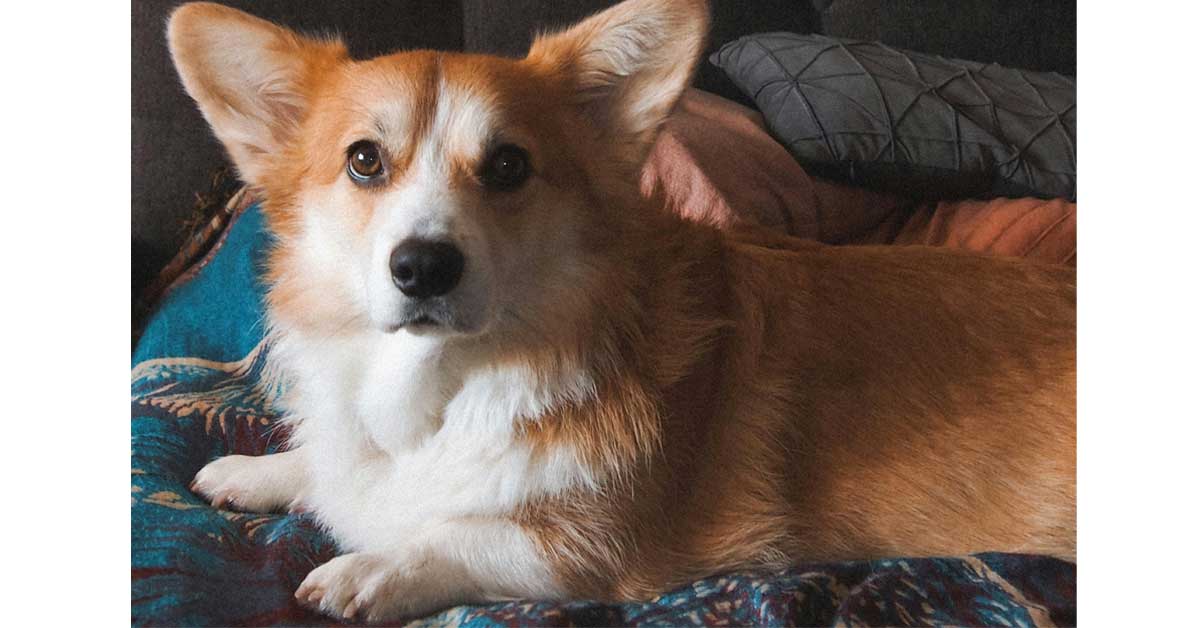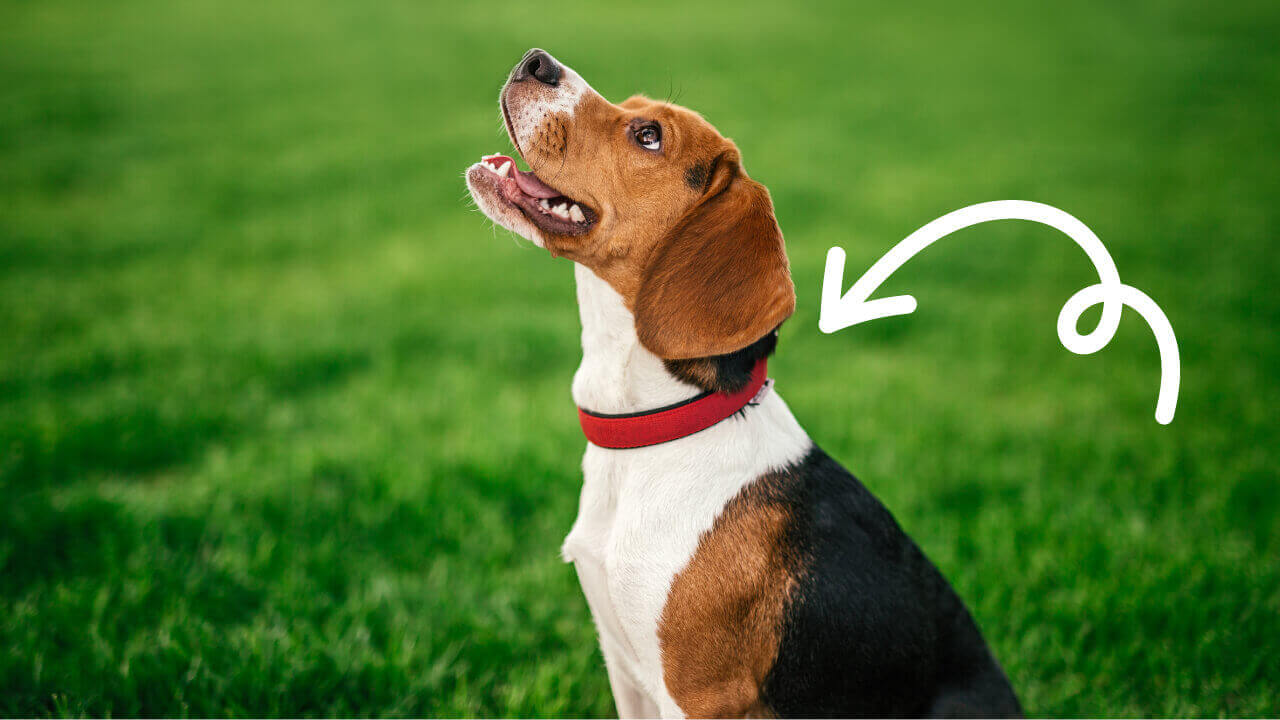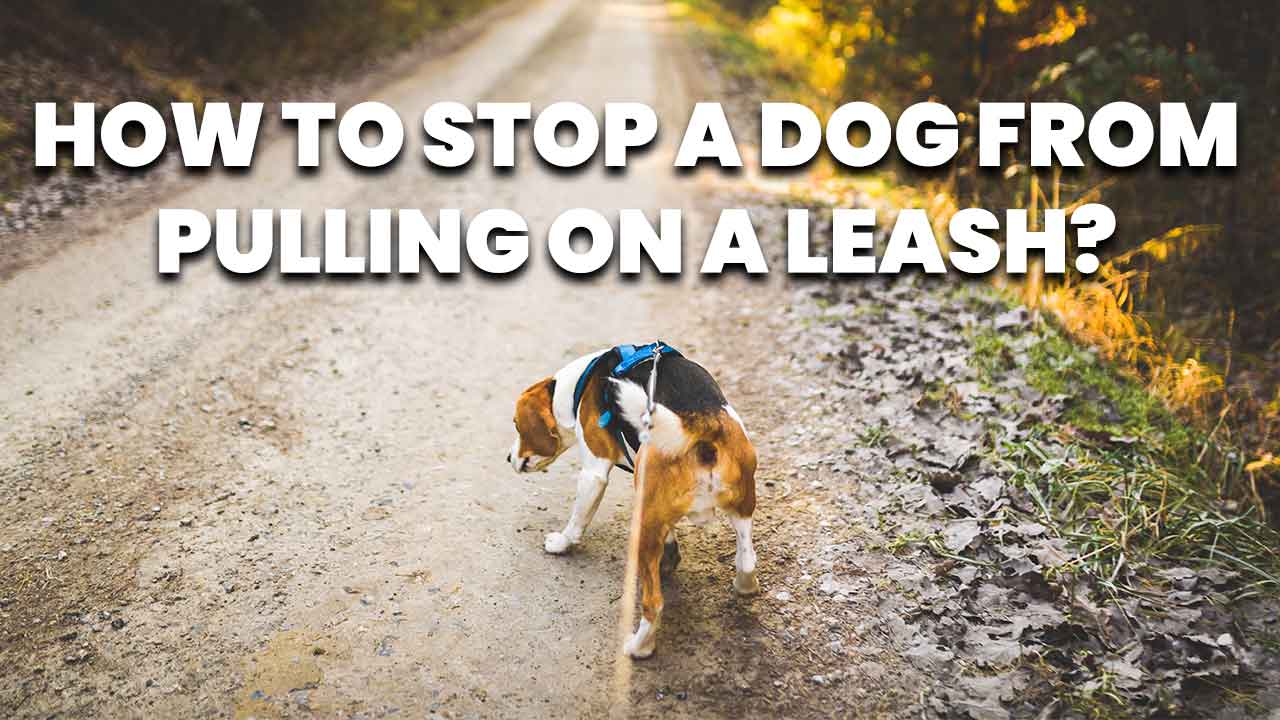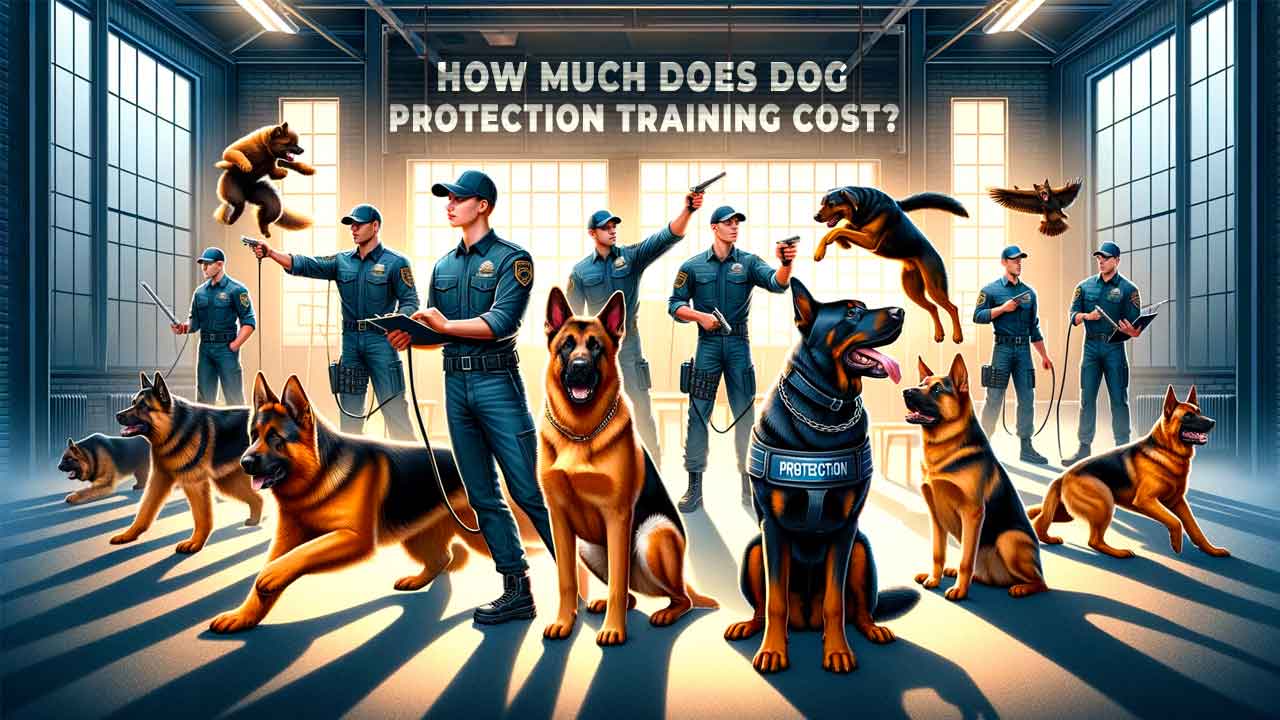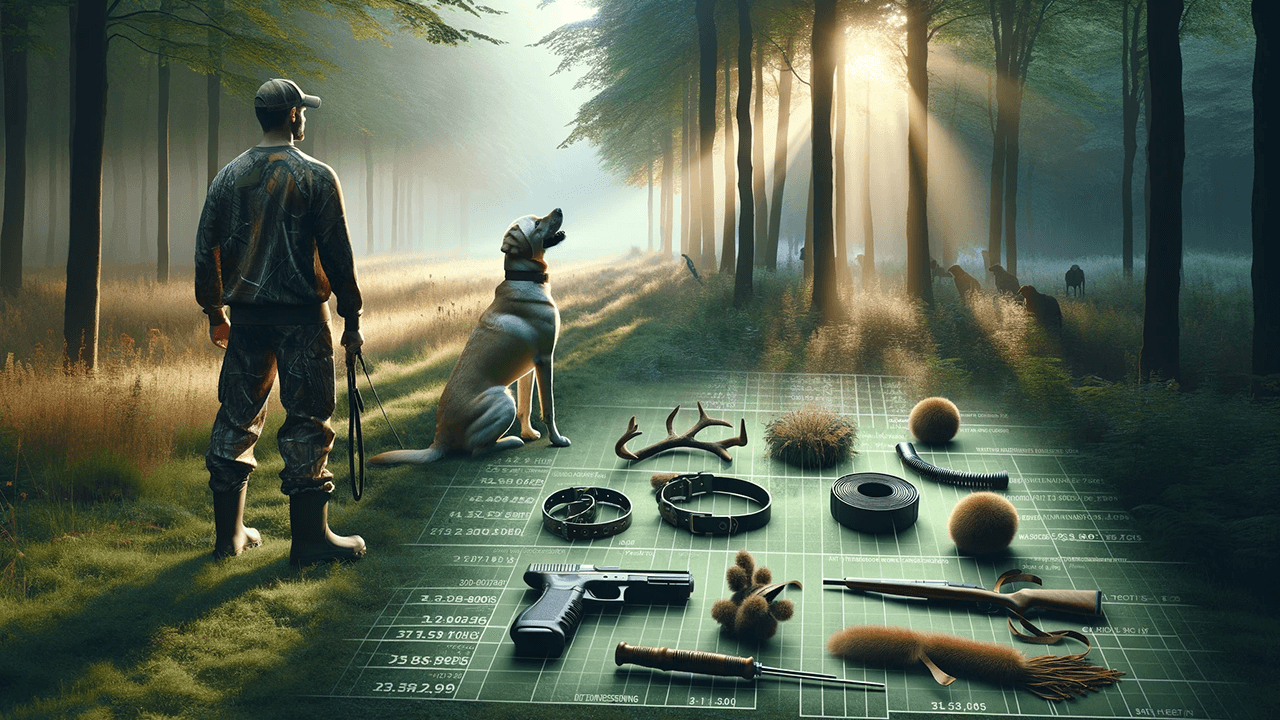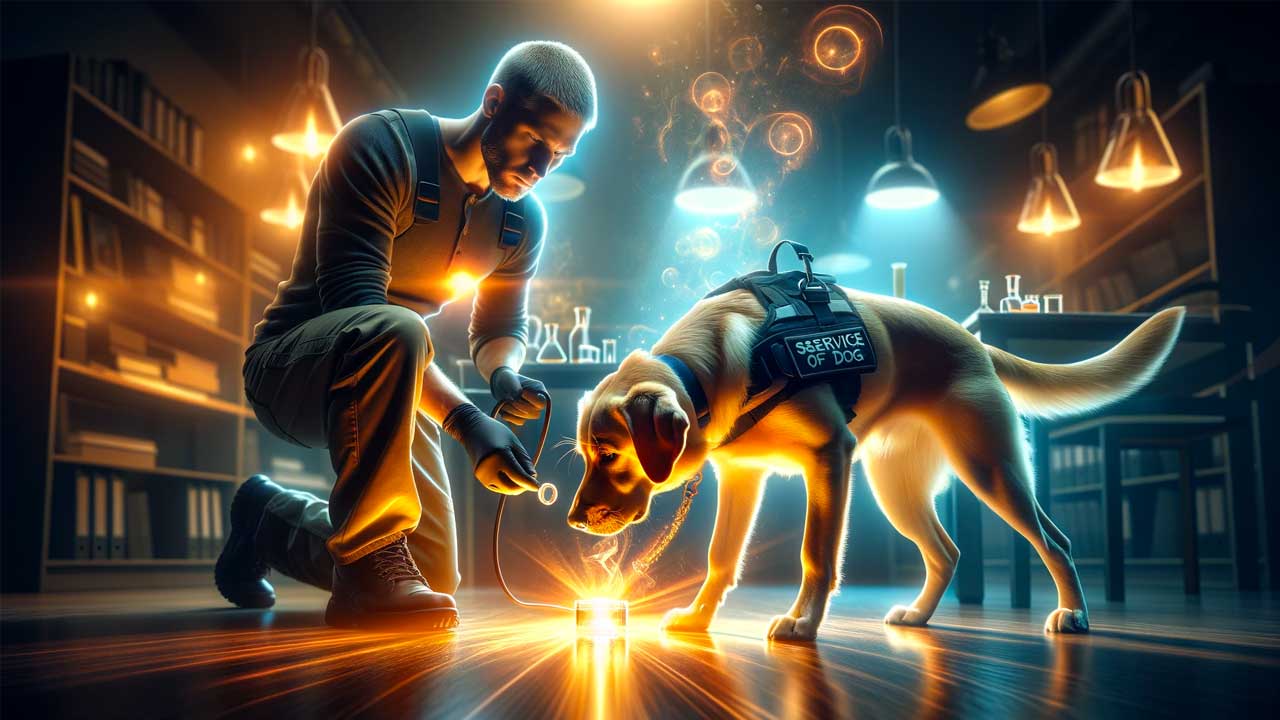How to Train a Dogo Argentino
Key Takeaways
| Key Takeaways |
|---|
| Dogo Argentinos are intelligent but strong-willed dogs. |
| Extensive socialization is critical from 8 weeks to 1 year old. |
| Use positive reinforcement and make training fun. |
| Build a foundation of basic obedience commands first. |
| Address common issues like jumping, biting, and barking with consistency. |
| Dogo Argentinos excel at various working, sporting, and therapy jobs. |
| Take training to advanced levels with off-leash work and tricks. |
| A well-trained Dogo Argentino is a wonderful family companion. |
Dogo Argentino Trainability and Temperament Radar Chart
The radar chart presents a comparative analysis of the Dogo Argentino's trainability and temperament traits, positioned against breeds like the German Shepherd and Labrador Retriever. The Dogo Argentino is rated on intelligence, obedience, agility, adaptability, and behavioral consistency. This visual guide serves as an essential tool for understanding the breed's training profile, highlighting the strengths and areas requiring dedicated training efforts.

Introduction
Dogo Argentinos are intelligent and trainable dogs, but they require early socialization and consistent training to reach their full potential. This comprehensive guide will teach you everything you need to know about how to train a Dogo Argentino, from basic obedience commands to advanced tricks. We'll also provide expert tips and advice to help you overcome common training challenges.
The Dogo Argentino is a powerful hunting breed developed in Argentina in the 1920s by Dr. Antonio Nores Martinez. Athletic, intelligent, and strong-willed, the Dogo needs extensive socialization and firm, consistent training from a young age to reach its potential as a loyal companion.
Proper training is essential for managing the Dogo Argentino’s size, strength, and energetic nature. Their protective instincts also demand socialization to prevent aggression toward other animals or strangers. With the right approach, the Dogo can excel in many canine sports and activities beyond hunting.
What is a Dogo Argentino?
The Dogo Argentino is a large, muscular white hunting dog bred in Argentina in the 1920s. It was developed by Dr. Antonio Nores Martinez specifically for big-game hunting like boar and puma.
Some key traits and facts about the Dogo Argentino:
- Height: 24 to 27 inches
- Weight: 80 to 100 pounds
- Athletic, muscular build
- Short white coat
- Loyal and protective personality
- High energy and stamina
- Intelligent and strong-willed
- Powerful bite force
- Natural hunting instincts
- Originated in Argentina
Why Train a Dogo Argentino?
Training provides several important benefits for Dogo Argentino owners and their powerful pups:
Safety: Obedience training allows owners to control their Dogo’s size, strength, and protective instincts to prevent accidents or aggression toward people/animals.
Mental Stimulation: The Dogo’s active, intelligent mind needs productive outlets like training to prevent boredom and destructive behaviors.
Bonding: Training strengthens the bond between dog and owner through mutual respect, trust, and communication.
Good Canine Citizen: Proper socialization and training produces a well-mannered Dogo that is a joy to own.
Specialized Activities: With training, Dogos can participate in therapy work, protection sports, hunting, and more based on their abilities.
Health: Well-trained Dogos get more exercise and activity which supports their physical health.
With dedication and patience, training a Dogo Argentino is extremely rewarding for both owner and dog.
Common Challenges of Training a Dogo Argentino
Despite their high intelligence, Dogo Argentinos present some unique training challenges:
Strong Prey Drive: Their hunting instincts make Dogos want to chase anything that moves including pets and children. Proper socialization is crucial.
Powerful Strength: Weighing up to 100 pounds, Dogos can easily overpower owners and need extensive obedience training.
Stubborn Personality: Dogos are strong-willed and may ignore commands or training that does not engage them. Firm, positive methods work best.
Aggression Toward Other Dogs: Their fighting history demands proper socialization to curb aggression toward other dogs.
Bored Easily: Dogos need constant stimulation and activity or they get bored and destructive. Training provides an outlet for their energy and brains.
While it takes work, these challenges can be overcome with the right approach to training starting as a puppy. The rewards of a well-trained Dogo Argentino are well worth it.
Tips for Success in Training a Dogo Argentino
Follow these top tips for effective Dogo Argentino training:
- Start training and socialization as a young puppy during prime developmental windows.
- Use positive reinforcement like treats, praise, and play to motivate the Dogo.
- Establish yourself firmly as the consistent pack leader.
- Keep training sessions short but frequent to maintain the Dogo's interest.
- Provide plenty of exercise and mental stimulation outside of training times.
- Be patient – Dogos can require more repetition to master skills due to their stubborn nature.
- Invest in professional training if you are struggling with specific issues.
- Be consistent with rules, boundaries, and commands.
- Practice socialization extensively to curb aggression and prey drive.
- Challenge their minds daily with new cues, tricks, and activities
Building a Foundation
The key to training a Dogo Argentino is starting with a solid foundation of socialization, basic obedience, and trust building.
Socialization
Extensive socialization is crucial for Dogos from 8 weeks to 1 year old. Safely expose them to:
- New people of all ages, appearances, and behaviors
- Other dogs and pets
- New environments, sights, sounds, surfaces
- Cars, motorcycles, bicycles
- Children playing, screaming, running
- People wearing hats, umbrellas, coats
Use treats and praise to reward calm, friendly behavior around new stimuli. Socialization builds confidence and prevents fear or aggression later on.
Basic Obedience Commands
Work on mastering basic commands including:
- Sit, stay, come, down, heel, leave it, drop it, watch me, place, crate
- Loose leash walking
- Impulse control around doors/gates
- Settling on cue
Keep sessions short and upbeat. Reward correct responses immediately. Fade treats eventually.
Trust Building
Strengthen your bond through:
- Hand feeding meals
- Positive handling exercises
- Interactive playtime and walks
- Joint training sessions
- Grooming and massage
- Off-leash play in safe areas
This establishes you as the trusted leader and handler.
Addressing Common Behavioral Problems
Dogo Argentinos are prone to problematic behaviors without proper training including:
Jumping
Stop jumping by:
- Ignoring dog until calmed down
- Rewarding four paws on floor
- Teaching an alternative behavior like “sit”
- Using leash to control and reward
Be consistent so jumping is never rewarded.
Biting
Curb biting through:
- Redirecting to chew toys
- Yelping/ignoring to show it hurts
- Stopping play as consequence
- Training “gentle” cue
Biting stems from poor bite inhibition or over-arousal.
Digging
Prevent digging by:
- Providing approved digging area
- More exercise and playtime
- Keeping dog inside when unsupervised
- Distracting and redirecting to a toy
Determine cause – boredom, prey drive, comfort?
Barking
Minimize barking by:
- Providing sufficient exercise/stimulation
- Teaching “quiet” command
- Managing environment to remove triggers
- Redirecting to positive interrupter cue
Never yell or punish for barking.
Aggression
Reduce aggression through:
- Socialization and counterconditioning
- Building confidence with training/bonding
- Working with professionals on behavioral modification
- Management and avoidance of triggers
- Medication if necessary
Do not attempt to train out aggression without help. Seek professional support.
Training for Specific Activities
Thanks to their athleticism, intelligence, and working background, Dogo Argentinos excel at various canine sports and jobs with proper training:
Therapy Work
Dogo Argentinos' affectionate nature makes them well-suited for therapy work visiting hospitals, schools, nursing homes once socialized.
Protection Sports
Dogos can participate in protection sports like Schutzhund that direct their protective instincts into controlled, trained behaviors.
Hunting
Dogo Argentinos were originally bred to hunt big game like boar and puma. With training, they can be skilled hunting companions.
Tracking
The Dogo's superb sense of smell allows them to excel at canine tracking and search and rescue.
Agility
With athleticism and stamina, Dogos are well-suited for agility training and competition.
Obedience Trials
Dogo Argentinos can achieve high level obedience required for formal obedience trials and competition.
Herding
Some Dogos demonstrate herding abilities with livestock given their working dog background.
Advanced Training
After mastering foundation skills, take Dogo training to the next level by:
- Training advanced cues like crawl, speak, bow, spin, roll over.
- Achieving off-leash reliability in distracting environments.
- Competing in canine sports like agility, dock diving, or obedience.
- Practicing scent detection skills.
- Earning therapy dog certification.
- Hiking/running alongside bikes once leash skills solidify.
Off-Leash Obedience
Practice off-leash obedience in safe, enclosed areas by:
- Having a strong foundation of on-leash obedience first
- Keeping sessions short and rewarding
- Using long lines to prevent wandering at first
- Proofing commands around distractions
Off-leash skills take time and consistency to master.
Recall
Build reliable recall:
- Use a positive cue like “come!” in upbeat tone
- Reward every return with treats and praise
- Increase distance and distractions gradually
- Keep sessions fun rather than repetitive
Never punish for a late or failed recall.
Tricks
Mentally challenge your Dogo by teaching fun tricks like:
- Crawl, roll over, play dead
- Wave, high-five, shake
- Spin, circle, bow
- Speak, quiet
- Tidy up toys into box or basket
Learning new skills strengthens your bond and keeps them engaged.
Conclusion
The Dogo Argentino is an exceptional dog with proper socialization, training, and handling. Starting young and establishing a solid foundation of obedience and impulse control is key. With time, patience, and consistency, Dogos can become well-mannered companions while reaching their potential in specialized working, sporting, or therapy roles. The powerful Dogo Argentino will reward dedicated owners with unwavering loyalty, protection, and love through all of life's adventures.
Summary of Key Points
- Extensive socialization is critical from 8 weeks to 1 year old.
- Use positive reinforcement and make training fun.
- Build a foundation of basic obedience commands first.
- Address common issues like jumping, biting, and barking with consistency.
- Dogos excel at various working, sporting, and therapy jobs.
- Take training to advanced levels with off-leash work and tricks.
- A well-trained Dogo is a wonderful family companion.
Advice for New Dogo Argentino Owners
If considering adding a Dogo Argentino to your home:
- Research the breed thoroughly to understand their needs.
- Prepare to commit significant time and effort to training and exercise.
- Arrange proper socialization as a young puppy during key development windows.
- Enroll in obedience classes for fundamental skills.
- Invest in professional training if struggling with specific behavioral issues.
- Provide structured daily activity and mental stimulation.
- Establish rules and boundaries and stick to them.
- Be a calm, consistent pack leader.
- Manage their interactions around other pets.
- Stay active and enjoy this athletic, dynamic breed!
Resources for Further Information
To learn more about the Dogo Argentino, effective training techniques, and finding a reputable breeder or rescue, consult:
- The Dogo Argentino Club of America
- The American Kennel Club Dogo Argentino breed page
- The International Dogo Argentino Federation
- Books specific to the breed by experts
- Reputable breeder and rescue websites
- Online training videos and courses
- Certified professional trainers and behaviorists
With dedication, patience, and the right approach, Dogo Argentinos can become wonderfully obedient companions and lifelong family protectors.

